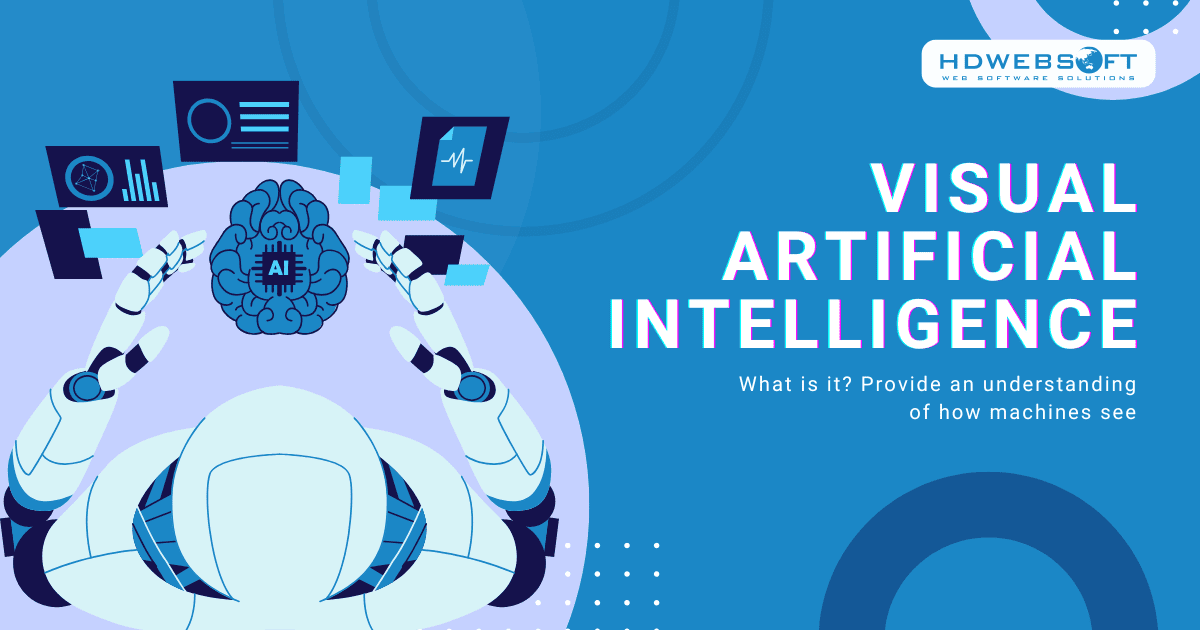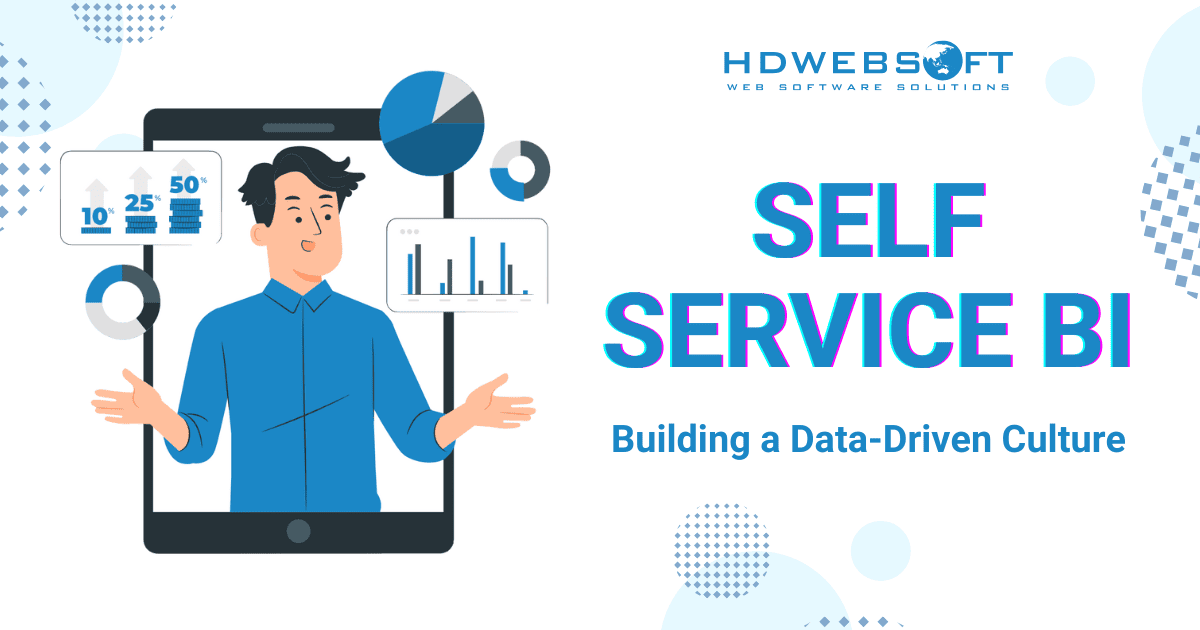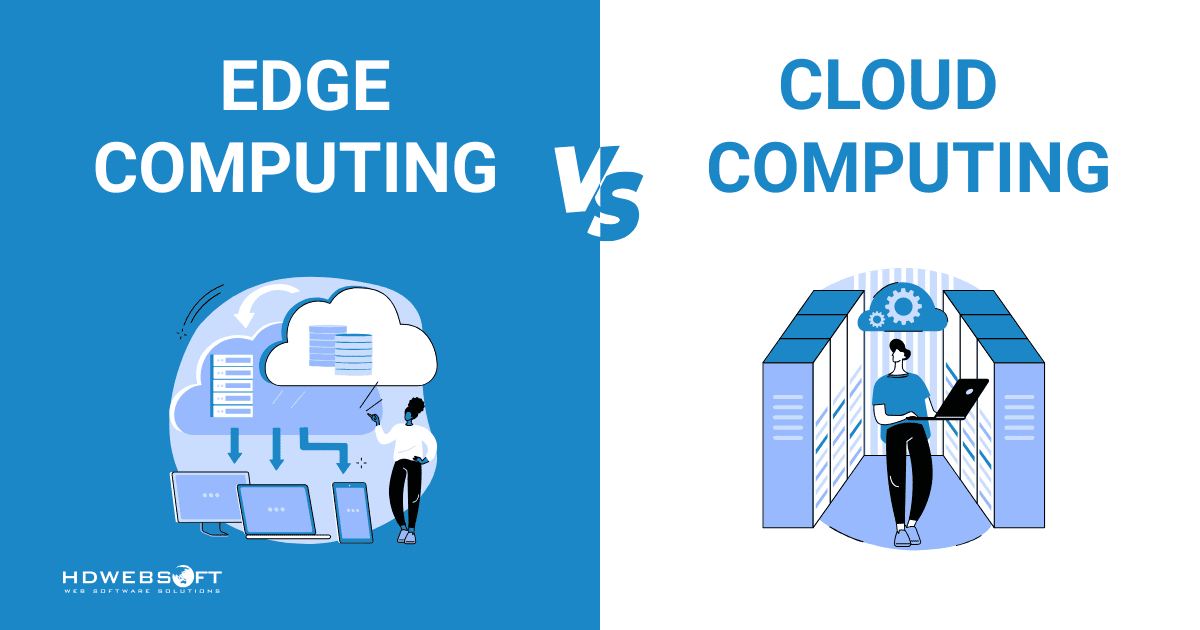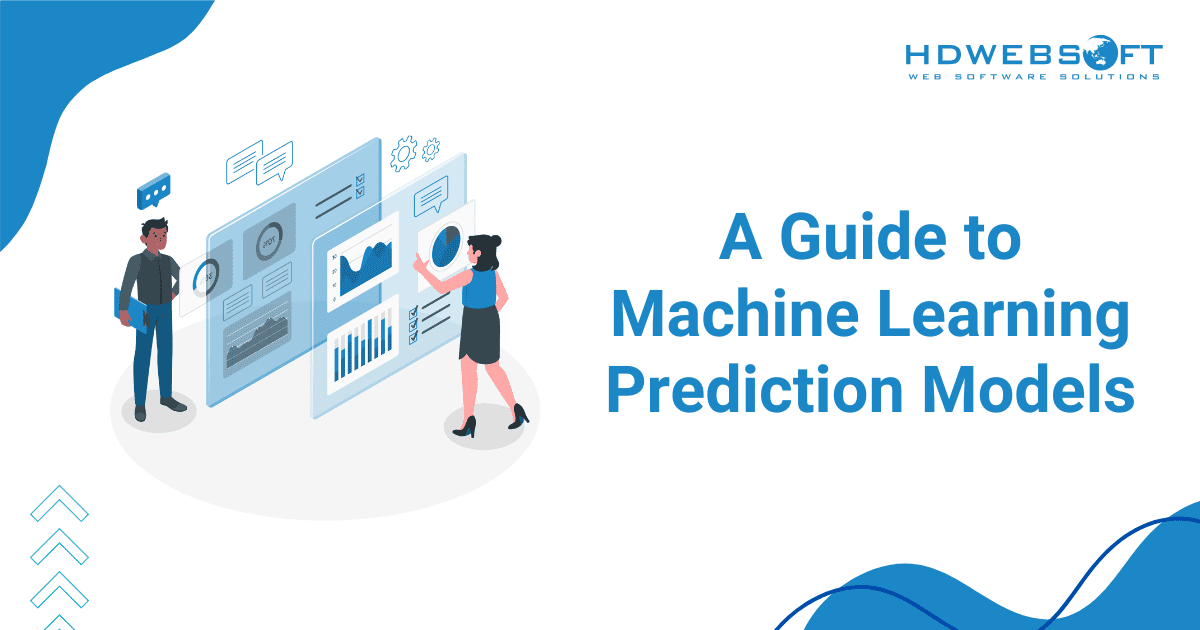
A Guide to Machine Learning Prediction Models
In today’s fast-paced digital landscape, machine learning prediction models are transforming the way businesses analyze data and make decisions. These models have the remarkable ability to predict future outcomes by identifying patterns in historical data. Plus, their applications are endless and impactful. As a result, they enable companies to stay ahead of the competition.
In this blog, we’ll explore the different types of prediction models, their benefits, and which industry leaders are using them. We’ll also provide you with practical guidelines for selecting the best ML model to meet your needs. Let’s dive in!
Types of Machine Learning Prediction Models
Predictive machine learning models come in various types, each tailored to address specific challenges across industries. Let’s break down the most significant ones, starting with their unique functions and applications.
Regression
This is one of the most widely used techniques in machine learning prediction models. Regression focuses on predicting continuous outcomes by establishing relationships between variables.
Here are some subcategories of the regression models:
- Linear Regression: The simplest form, where the relationship between input and output is modeled using a straight line.
- Polynomial Regression: This extends linear regression by fitting data with a curve, handling more complex relationships.
- Polynomial Regression: Models complex relationships between variables using polynomial equations.
For the obvious reason, this approach is particularly useful in forecasting scenarios where precise numerical predictions are needed. For instance, they are highly effective in scenarios like predicting house prices, weather conditions, or stock market trends.
Classification
Next, classification models are designed to categorize data into predefined labels. As a result, they are ideal for problems requiring a binary or multi-class decision. Particularly, they can be used to identify whether an email is spam or to classify handwritten digits in an image.
There are several popular subtypes of classification machine learning prediction models:
- Logistic Regression: A popular choice for binary classifications like yes/no decisions.
- Support Vector Machines (SVM): These models classify data by finding the optimal boundary between categories, ensuring high accuracy.
- K-Nearest Neighbors (KNN): Classifies data points based on the majority class of their nearest neighbors.
What makes classification models so effective is their ability to work with both structured and unstructured data. These models excel in domains like healthcare, where they aid in diagnostics, and in cybersecurity, where they detect potential threats.
Clustering
For starters, clustering takes a different approach by grouping data points based on similarities without relying on predefined labels. This unsupervised learning method is widely used for customer segmentation, anomaly detection, and market research. These models are invaluable when businesses need insights without prior knowledge of data structure.
For example, companies can use clustering to identify distinct customer groups based on purchasing behavior. These machine learning prediction models help in crafting targeted marketing strategies and improving customer satisfaction. In addition, clustering simplifies complex datasets, making it easier to uncover hidden patterns that traditional analytics might overlook.
Let’s take a look at some subtypes of clustering:
Decision Tree
Decision trees are simple yet powerful models that mimic human decision-making processes. They break down complex problems into a series of binary decisions, represented as branches in a tree. This approach is intuitive and highly interpretable, making it ideal for industries that require transparency in decision-making
A healthcare provider, for instance, could use a decision tree. It’ll help determine whether a patient is at risk for a condition based on various health indicators. Moreover, the integration of AI in healthcare enhances this process by analyzing vast amounts of data more efficiently. Therefore, the visual structure of decision trees makes it easier for stakeholders to understand the decision-making process. Ultimately, machine learning prediction models will boost the confidence in the predictions.
Neural Networks
The neural network models are the backbone of many modern predictive machine learning models. Inspired by the structure of the human brain, these models consist of layers of interconnected nodes that process and analyze data.
Furthermore, they excel in handling large and unstructured datasets. As a result, they have become a go-to choice for tasks such as image recognition, NLP, and voice recognition. In particular, voice chatbots leverage these capabilities to provide smooth and interactive user experiences.
Deep learning, a subset of neural networks, has revolutionized fields like autonomous vehicles and recommendation systems. While these models are highly powerful, they often require substantial computational resources and expertise for effective implementation.
Anomaly Detection
Last but not least, anomaly detection focuses on identifying data points that deviate significantly from the norm. This is critical in industries like finance, where it helps detect fraudulent transactions, and smart manufacturing, where it identifies potential defects.
These machine learning prediction models are highly effective in scenarios where unusual patterns need to be flagged for further investigation. They provide businesses with the ability to act proactively, minimizing risks and optimizing operations. By identifying anomalies early, businesses can mitigate risks, reduce losses, and enhance operational efficiency.
There are three primary types of anomaly detection, categorized based on the nature of the anomalous data points:
Benefits of Implementing Machine Learning Prediction Models
Predictive models have become a powerful tool in this pursuit, enabling organizations to anticipate future outcomes and make data-informed decisions. Let’s explore the key benefits of implementing these models and how they are transforming industries worldwide.
Enhanced Decision-Making
One of the most significant advantages of machine learning prediction models is their ability to improve decision-making processes. These models analyze vast datasets, uncovering trends and patterns that are often invisible to the human eye. With this level of insight, businesses can make informed decisions with greater confidence.
Increased Operational Efficiency
Automation is at the core of machine learning, and predictive models take this a step further by streamlining complex processes. By identifying inefficiencies and suggesting actionable solutions, these models help organizations save time and resources.
Consider the example of predictive maintenance in manufacturing and logistics. By analyzing machine performance data, predictive models can forecast potential failures before they occur. Consequently, this proactive approach minimizes downtime and extends the life of critical equipment, significantly enhancing productivity.
Improved Customer Experiences
In the competitive landscape of today’s markets, delivering personalized customer experiences is important. Machine learning prediction models excel in this area by analyzing consumer behavior and preferences to tailor products, services, and communication strategies.
Particularly, businesses integrate AI in e-commerce that uses predictive analytics to recommend products based on past purchases. This not only improves customer satisfaction but also increases sales. According to a report, businesses that utilize personalization techniques driven by predictive models see a 10-15% boost in revenue.
Better Risk Management
Risk is an inherent part of every business, and machine learning models for prediction provide an edge in managing it effectively. In particular, these models can anticipate potential risks and suggest mitigation strategies by analyzing historical data and identifying patterns.

Namely, AI in financial institutions uses predictive analytics to assess creditworthiness and detect fraudulent transactions. By flagging anomalies in real-time, these models protect businesses and customers alike, ensuring a safer and more reliable experience.
Scalability and Adaptability
Another remarkable benefit of machine learning prediction models is their scalability. These models can adapt to changing conditions and process increasing volumes of data as businesses grow.
For startups and enterprises alike, this means that predictive models remain valuable tools even as their needs evolve. A scalable solution will ensure that these AI models can grow alongside the business operation. Whether it’s expanding into new markets or scaling operations, these models continue to deliver insights that drive success.
5 Tech Giants Implementing Machine Learning Prediction Models
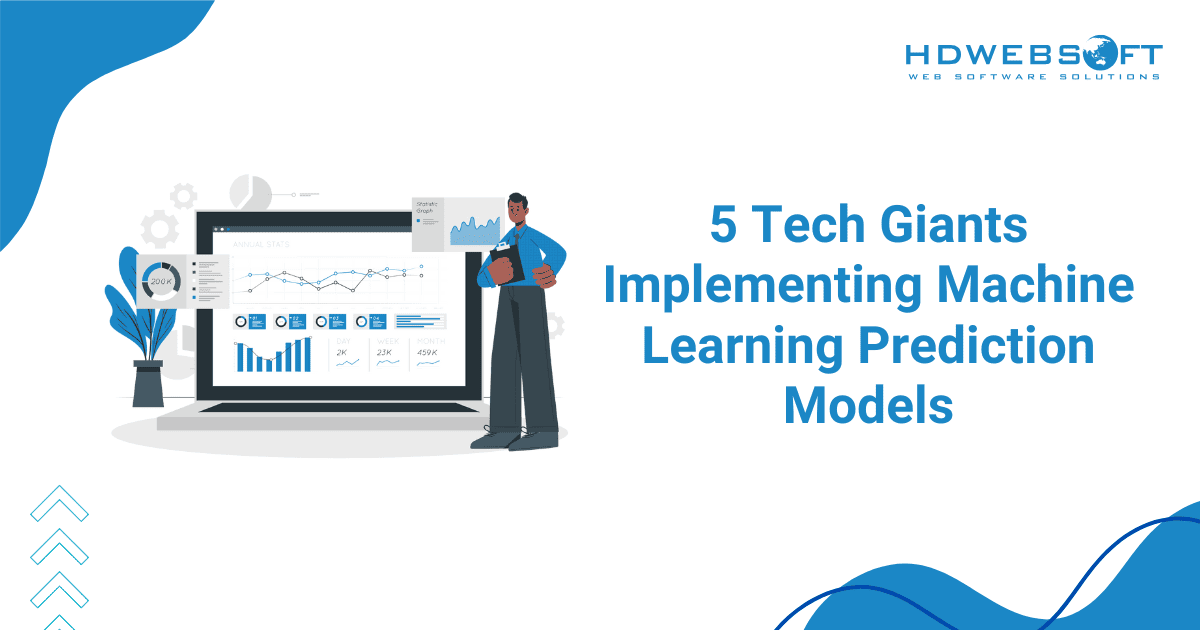
Industry leaders have embraced machine learning models for prediction to transform their operations:
- Amazon: With advanced algorithms, Amazon predicts customer preferences to deliver personalized recommendations. Resultantly, they help boost sales and enhance customer satisfaction.
- Google: The tech giant relies on predictive models for search engine optimization and targeted advertising. As a result, its platforms are smarter and more user-centric.
- Tesla: In the realm of autonomous driving, Tesla employs machine learning prediction models to anticipate traffic patterns and improve vehicle safety.
- Netflix: Through predictive analytics, Netflix tailors its recommendations, helping users discover content they’ll love. As reported, its churn rate has been 1-3% in the past two years, which is well below the industry average.
- IBM: IBM Watson’s predictive capabilities assist businesses in making data-driven decisions, from healthcare diagnostics to supply chain management.
These examples illustrate how predictive models are reshaping industries by making processes smarter and more efficient.
Read more: Top 10 AI and Machine Learning Trends in 2025.
Guidelines for Choosing the Best Machine Learning Model for Prediction
The power of machine learning models for prediction lies in their ability to turn raw data into actionable insights. However, their effectiveness depends on selecting the right model for your specific use case. With so many options available, making the right choice can feel overwhelming. To simplify the process, we have outlined five essential guidelines to help you choose the best ML predictive model.
Understand Your Data
Your data is the foundation of machine learning prediction models, so understanding its nature and quality is the first step. Start by analyzing the type of data you have, whether structured or unstructured, and the volume available. Also, check for missing values, inconsistencies, or outliers, as these can impact the model’s accuracy.
For instance, if your dataset contains numerical data, regression models might be a good fit. On the other hand, for categorical data, classification models could work better. When you know your data well, you’re better equipped to match it with the right model.
Define Your Problem
Clearly defining the problem you want to solve is crucial for narrowing down your options. Ask yourself what you aim to predict and what kind of output you need. Namely, it can be a numerical value, a category, or a cluster of similar items. Consequently, this helps align your problem with the type of machine learning models for prediction designed to handle such tasks.
For example, if your goal is to forecast sales for the next quarter, regression machine learning prediction models are ideal. Conversely, if you need to detect fraudulent transactions, anomaly detection models are a better choice. In the end, a well-defined problem ensures that you stay focused and select the most appropriate model.
Consider Model Complexity
Different machine learning models come with varying levels of complexity. While simpler models like linear regression or decision trees are easier to interpret, they may have limitations. Specifically, they may not capture intricate patterns as effectively as more complex models. In contrast, neural networks excel at identifying these complex patterns.
However, complexity isn’t always better. Complex models often require more computational resources and may lead to overfitting if not managed correctly. A word of advice: Choose a model that balances complexity with interpretability and suits your team’s expertise.
Evaluate Model Performance
Before finalizing a model, it’s important to evaluate its performance using relevant metrics. Depending on your problem, metrics like accuracy, precision, recall, or mean squared error can provide insights into how well the model performs.
Always test your machine learning prediction models on unseen data to ensure they generalize well beyond the training dataset. After all, a robust evaluation process helps you identify potential issues early and refine the model as needed.

Machine learning prediction models’ performance should be evaluated.
Iterate and Experiment
Machine learning is an iterative process. It’s rare to find the perfect model on your first attempt. Therefore, be prepared to experiment with different algorithms, parameters, and data preprocessing techniques.
It’ll be beneficial to use tools like cross-validation and hyperparameter tuning to fine-tune your model for better performance. Each iteration brings you closer to a model that aligns with your objectives and delivers reliable predictions.
Consult Expertise
Choosing the right machine learning models for prediction can be complex, especially if you’re new to AI and ML. While understanding your data and defining your problem is critical, seeking the guidance of experts can make a significant difference.
By partnering with a trusted consulting firm, you gain access to industry best practices and insights. Whether you’re implementing AI for the first time or refining your current strategy, expert guidance ensures you stay ahead in this fast-evolving field.
In case you haven’t known: What is Machine Learning as a Service?
Conclusion
Machine learning prediction models are revolutionizing how businesses operate, empowering them with foresight and precision. They cater to diverse use cases, offering unmatched efficiency and accuracy.
As technology evolves, the potential of predictive models continues to grow. With the right approach and tools, these models can unlock immense value, driving innovation and success. It’s best to consult an expert in the field to help you implement and choose the right predictive models for your business.
This is where HDWEBSOFT, as an AI and ML consulting company, comes into the picture. With a track record of helping businesses unlock the full potential of AI, HDWEBSOFT provides tailored solutions that align with your goals. Our AI experts can help you choose the most effective machine learning prediction models and fine-tune them for optimal performance.






